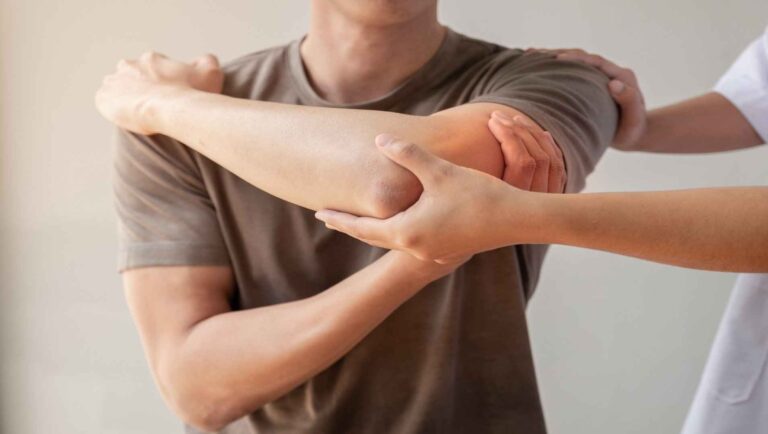You may have been considering joint replacement if you have arthritis, degenerative joint disease, rheumatoid arthritis, or another condition that has caused cartilage deterioration in your joints. Many patients now have access to a feasible and efficient choice in joint replacement surgery. Earlier joint replacements require extensive surgery and frequently have temporary results. Using stem cells or PRP (platelet-rich plasma) therapy can help your body mend more effectively in two different ways.
Numerous health problems can be treated with stem cell techniques. Stem cell therapy can be one of your options if you’re dealing with this medical issue.
Here is a list of the top seven queries before receiving stem cell treatment.
1 . Describe stem cells
The body’s master cells are stem cells. They are in charge of developing the body’s other cells. They can be found in the bone marrow, blood, fat, and placenta, among other places in the body. Unspecialized stem cells can divide through mitosis to produce new stem cells or can develop into a different kind of cell with a narrower focus.
For example, hematopoietic stem cells are pluripotent hematopoietic cells that can develop into any form of blood cell, including erythrocytes and leukocytes, via a variety of paths. A multipotent adult stem cell known as a mesenchymal stem cell (MSC), often referred to as a bone marrow stromal cell or a bone marrow-derived mesenchymal stem cell (BMSC), is hypothesized to be involved in tissue repair and regeneration.
Multipotent adult stem cells produced from the placenta are called placental mesenchymal stem cells. They can differentiate into osteoblasts, adipocytes, chondrocytes, myocytes, and endothelial cells, according to research. For the study of developmental biology and disease pathophysiology, pMSCs are useful research tools because of their capacity to differentiate into numerous varieties of connective tissue.

2. What method do you use to harvest stem cells?
The answer to this query is crucial since stem cell extraction methods vary depending on the source of the stem cells. For instance, a surgery known as a bone marrow aspiration will be necessary to extract stem cells from bone marrow.
Experience and a great deal of picture guidance are needed for this treatment, otherwise, instead of aspirating bone marrow containing stem cells, your doctor can aspirate blood devoid of stem cells.
3. What is platelet-rich plasma?
Growth factors and other healing proteins found in concentrated blood samples called platelet-rich plasma (PRP) aid in the repair of injured tissue. PRP comes in two primary varieties :
Autologous PRP
Autologous refers to the creation of platelet-rich plasma from your own blood. The platelets are extracted from a little amount of blood from your arm by the doctor, centrifuged, and then injected directly into the damaged area.
Allogeneic PRP
In this, to create platelet-rich plasma blood from another person is used. Doctors extract the platelets from donor blood using a specialized centrifuge. The damaged area is then given a direct injection of these platelets.
4. Who is a good candidate for stem cell therapy, and how do you know?
All stem cell techniques are not suitable for all patients. As a result, it’s critical that your doctor should be open and honest with you about whether stem cell therapy is good for your situation or not. What is the expected outcome of your treatment? Ask your doctor.

5. What benefits do stem cell therapy and joint replacement have over one another?
The fact that stem cell therapy is a natural process rather than a surgical operation gives it a significant edge over joint replacement. Your own stem cells are used in the process to repair and replace damaged tissue. Repairing injured meniscus, ligaments, tendons, and other connective tissues is done with stem cells. Due to the fact that stem cells are your own body cells, they have no negative consequences or issues. They have the capacity to develop into any kind of bodily tissue.
6. Which types of stem cells are you going to use?
Be aware that not all stem cells are created equal. Therefore, find out where your potential doctor obtains stem cells. What kinds of cells do they also use?
As a general rule, the completion of orthopedic repairs benefits greatly from the usage of the mesenchymal cells present in the bone marrow. These include cartilage and tendon tissue repairs.
7. How long does it typically take for a stem cell surgery to heal?
Stem cell therapy for joints and tendons might take anywhere between two weeks and six months to heal. The length of time depends on the type, extent, and healing capacity of your body. The healing process of stem cell therapy compared to other treatments like platelet-rich plasma (PRP) is less. Before you start to notice any real improvements from PRP treatment, it usually takes 3-6 months.
Seek immediate medical advice from Specialty Care Clinics if suffering from degenerative joint disease. Contact us at (469) 545-9983 to book your appointment.
